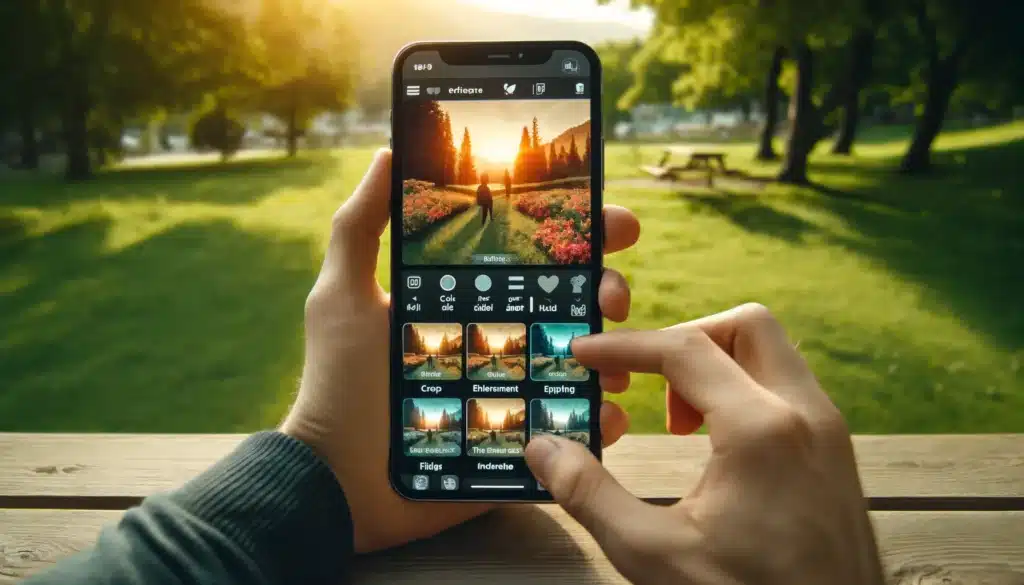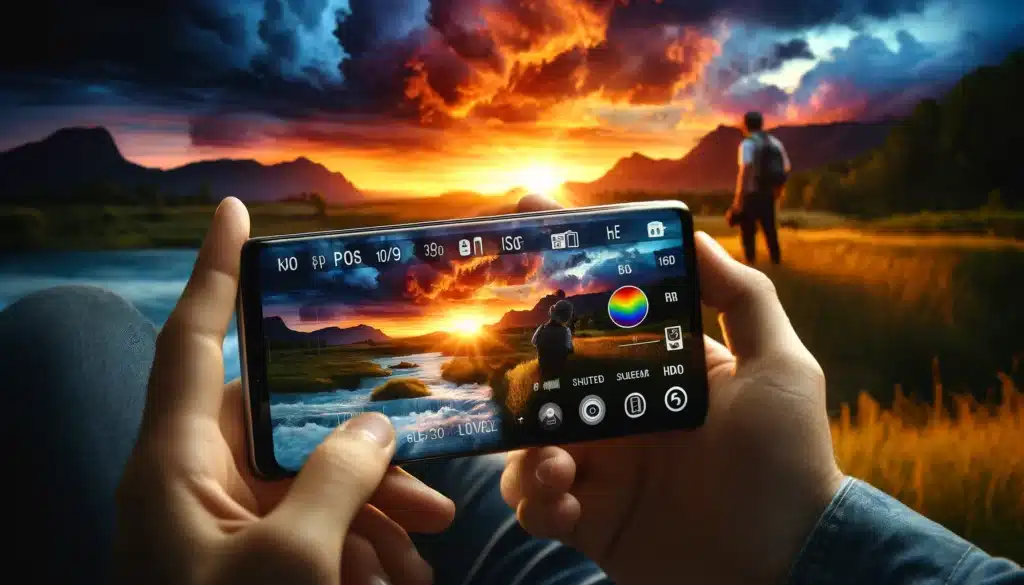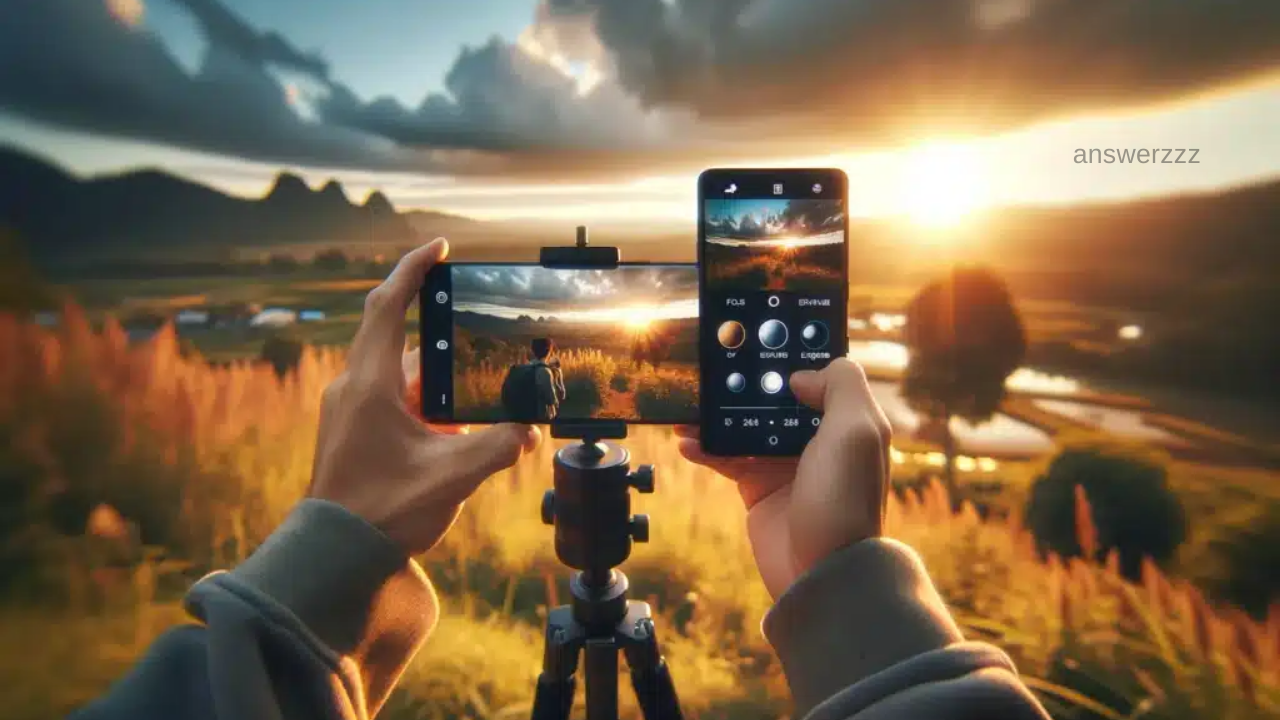In recent years, smartphone cameras have advanced so rapidly that they now rival, and even surpass, some traditional digital cameras. Thanks to breakthroughs in AI, computational photography, and lens technology, taking professional-looking photos with a smartphone has never been easier. But knowing how to make the most of your phone’s camera can be challenging. This article offers top smartphone photography tips for 2025, equipping you with everything you need to capture stunning photos.
1. Understand Your Camera’s Capabilities

Modern smartphone cameras come with a host of advanced features and capabilities. Before you begin snapping away, it’s essential to familiarize yourself with these functions:
- Multiple Lenses: Most 2025 smartphones feature wide-angle, ultra-wide, macro, and telephoto lenses. Each is suited for different types of photography.
- High Resolution and RAW Support: Many high-end smartphones allow you to shoot in RAW format, which preserves image data for better editing flexibility.
- Enhanced Night Mode: AI-driven night modes allow for crisp, bright images in low-light conditions without a flash.
- AI and Computational Photography: Smartphones now have AI capabilities that adjust lighting, color balance, and focus in real time for optimal shots.
Taking the time to learn about these settings will help you harness the full potential of your smartphone.
2. Mastering Lighting: The Key to Stunning Photos
Lighting is one of the most critical elements in photography, and smartphones are no exception. Here are tips for optimizing lighting in your photos:
- Golden Hour Photography: The “golden hour” just after sunrise and before sunset provides soft, warm light that’s ideal for photography.
- Experiment with Shadows: Use shadows creatively, especially for outdoor shots. Shadows can add depth and drama to images, creating a story within your photo.
- Use Reflectors: For portraits, consider using a small reflector to bounce natural light back onto your subject’s face. Many smartphone users now carry compact reflectors to improve lighting without a flash.
- Avoid Using Flash Indoors: Flash can often flatten images, washing out colors and details. Instead, increase the ISO or exposure to allow more light in for indoor photos.
Future-Proof Your Online Business: Top eCommerce Tips for 2025
3. The Power of Composition
A well-composed photo can make a massive difference in how it’s perceived. By learning a few basic composition techniques, you can elevate your smartphone photos to a new level.
- The Rule of Thirds: Many smartphone cameras offer a grid overlay, which can help you place subjects off-center. The rule of thirds adds balance and makes images more visually engaging.
- Leading Lines: Leading lines are elements within a scene that guide the viewer’s eye through the image. Roads, pathways, and buildings work well to draw attention to the subject.
- Symmetry and Patterns: Symmetrical scenes and patterns are naturally pleasing to the eye. Use this technique in architectural photography or when shooting reflections.
- Fill the Frame: When photographing a subject, get close enough to eliminate distractions from the background. This makes the subject the focal point of the image.
4. Leverage Advanced AI and Editing Tools
In 2025, smartphones offer powerful in-camera editing tools powered by AI. Here are a few ways you can make the most of these advancements:
- Background Blur with AI Depth Sensing: Many smartphone cameras can now accurately separate the subject from the background, creating a natural-looking bokeh effect.
- Auto-Enhancement Modes: Modern smartphones use AI to analyze images and suggest enhancements like adjusting contrast, brightness, and saturation.
- Editing Apps: Explore third-party editing apps, such as Snapseed, Lightroom Mobile, and VSCO, for more control over color grading and editing. These apps offer advanced tools, including healing brushes and selective adjustments.
Using these tools allows you to achieve a professional look without needing a separate editing software on a computer.
5. Experiment with New Lens Options

In 2025, smartphone lenses have come a long way from the standard single lens. Today, your smartphone likely offers various lens options, including:
- Wide-Angle Lenses: Perfect for landscapes and architecture, wide-angle lenses allow you to capture more of a scene in one shot.
- Macro Lenses: For extreme close-ups, use a macro lens to capture details that aren’t visible to the naked eye, like intricate textures in nature or even the details of an insect’s wings.
- Telephoto Lenses: Telephoto lenses bring faraway subjects closer, ideal for portraits and wildlife photography without compromising quality.
- Periscope Zoom: Some smartphones now include periscope-style zooms, enabling high-quality zoom without sacrificing image quality, perfect for capturing distant subjects with incredible detail.
Experimenting with these lenses will give you a variety of ways to approach your photography, no matter what your subject may be.
6. Make the Most of Pro Mode
If your smartphone has a Pro or Manual mode, taking the time to learn it can pay off tremendously. Pro mode gives you greater control over settings like ISO, shutter speed, and white balance.
- ISO: Adjusting ISO allows you to control the camera’s sensitivity to light. Use low ISO settings in bright conditions and higher ISO in low light, but beware of increased noise at high ISO levels.
- Shutter Speed: A slower shutter speed lets in more light but can create motion blur. Use a tripod for long exposures in low light, or increase the shutter speed to freeze movement.
- White Balance: White balance helps you achieve accurate colors by adjusting for different lighting conditions. Adjust it to get warmer or cooler tones as needed for the scene.
Mastering Pro mode can help you produce unique effects and add a professional touch to your smartphone photos.
Must-Know SEO Tricks to Boost Your Website’s Ranking in 2025
7. Achieving Perfect Focus
Smartphones in 2025 offer advanced focus modes that ensure your subject stands out. Here’s how to achieve perfect focus for any situation:
- Tap to Focus: Most smartphones let you tap on the screen to set the focus point manually. This is useful for ensuring the subject is sharp, especially in portraits or close-up shots.
- Use Focus Peaking: Some phones now include focus peaking, which highlights in-focus areas for more accurate manual focus, ideal for macro photography.
- Eye Autofocus: Many smartphones offer eye-tracking autofocus, which is great for portraits, keeping the subject’s eyes in sharp focus even as they move.
Using these focus options will result in crisp, clear photos where your subject takes center stage.
8. Mastering Night Mode Photography
Smartphone night mode has evolved significantly, allowing photographers to capture stunning low-light images without a flash. Here’s how to make the most of it:
- Stabilize Your Phone: Use a tripod or stabilize your phone against a surface to reduce shake. Night mode often involves a longer exposure, which makes it vulnerable to blur.
- Look for Light Sources: While night mode enhances low-light performance, it still needs some ambient light. Street lamps, car headlights, or even city lights can enhance the effect.
- Use Light Trails: Play around with motion in night photography. You can capture moving lights like cars, resulting in beautiful light trails and a dynamic image.
Night mode allows you to capture scenes previously only possible with a DSLR, adding a unique dimension to your photography.
9. Portraits: Capturing People with Professional Quality
Portrait mode has become increasingly sophisticated in smartphones, offering features like natural bokeh and facial retouching. Here are tips for creating stunning portrait shots:

- Use Natural Light: Try to find soft, natural light for your portrait shots. Window light or shade works well to avoid harsh shadows.
- Try Candid Shots: Capturing people in natural moments often results in more compelling portraits than posed photos.
- Experiment with Angles: Low angles can add drama, while higher angles can create a softer, more flattering effect. Changing angles can reveal different aspects of your subject’s personality.
- Portrait Lighting: Many smartphone cameras now allow you to add studio lighting effects. Play around with these settings for different moods.
Following these tips can help you capture more expressive, dynamic portraits that look like they were shot with professional equipment.
10. Use Live Photos, Burst Mode, and 3D Effects
Many smartphones now offer options beyond traditional photos, including live photos, burst mode, and even 3D effects.
- Live Photos: Capture the moments just before and after your shot, bringing your photos to life. This can be great for capturing spontaneous moments or action shots.
- Burst Mode: For fast-moving subjects, burst mode captures multiple shots quickly, so you can choose the best one afterward.
- 3D Effects and Cinemagraphs: Some phones now include 3D or cinemagraph capabilities, where only part of the image moves, adding a dynamic and engaging element to photos.
Using these additional features can help you capture creative, one-of-a-kind images that stand out on social media or in a personal portfolio.
11. Stay Updated on Software Updates and Trends
Smartphone photography is heavily influenced by software advancements. Updates often include improvements to the camera’s AI, night mode, and overall image quality. Staying updated with the latest firmware ensures your camera is optimized.
12. Keep Experimenting and Practicing
The best way to improve your smartphone photography is through consistent practice. Experiment with various settings, lighting conditions, and angles to find what works best for your style.

Smartphone photography in 2025 is powerful and accessible, capable of capturing breathtaking images. Following these tips will not only elevate your photos but also help you stay current with the latest trends and technologies, ensuring you’re always ready to capture stunning photos with just your smartphone.



